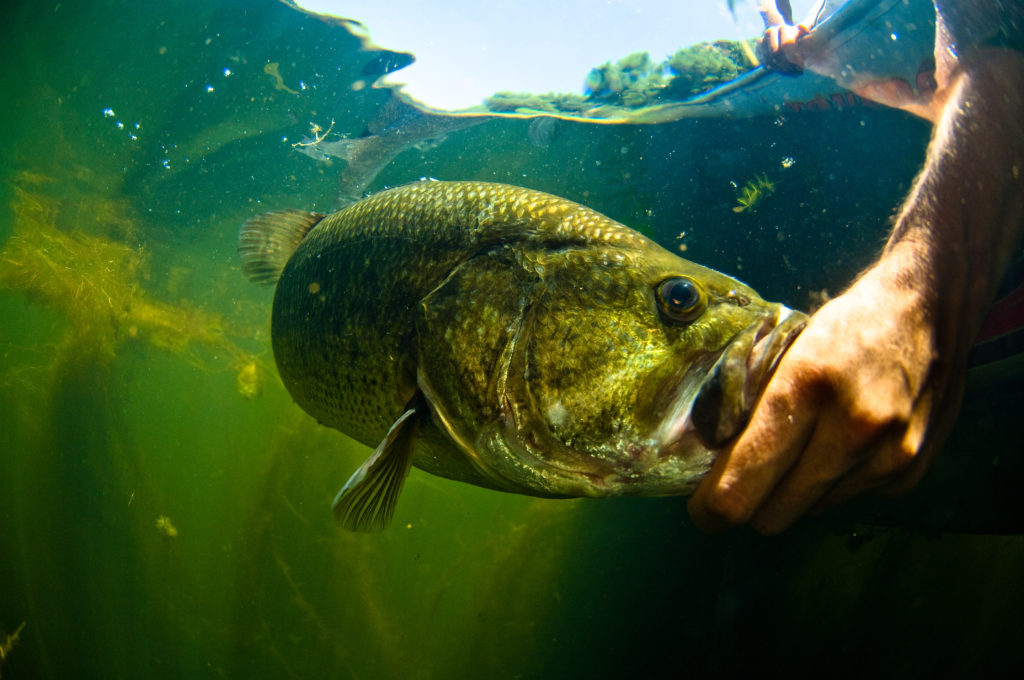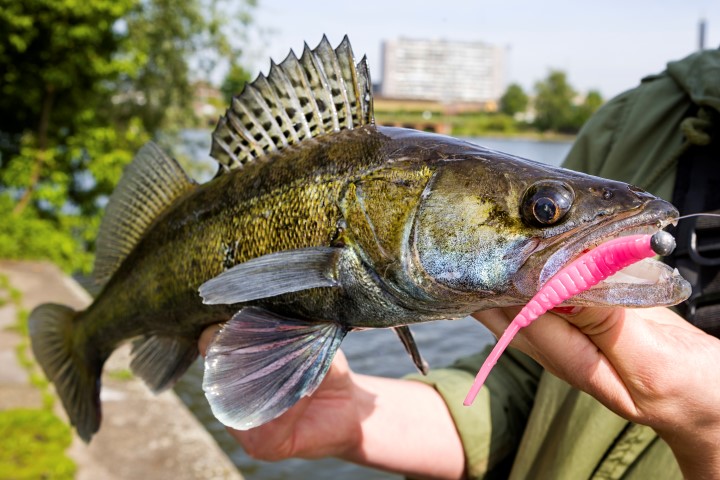Let's take a look at the subtleties of jig fishing. Contrary to what most people think, jigging is not for the faint-hearted. Jig fishing requires excellent coordination of the upper limbs, a good knowledge of the environment and the ability to deduce the right choice of jig.
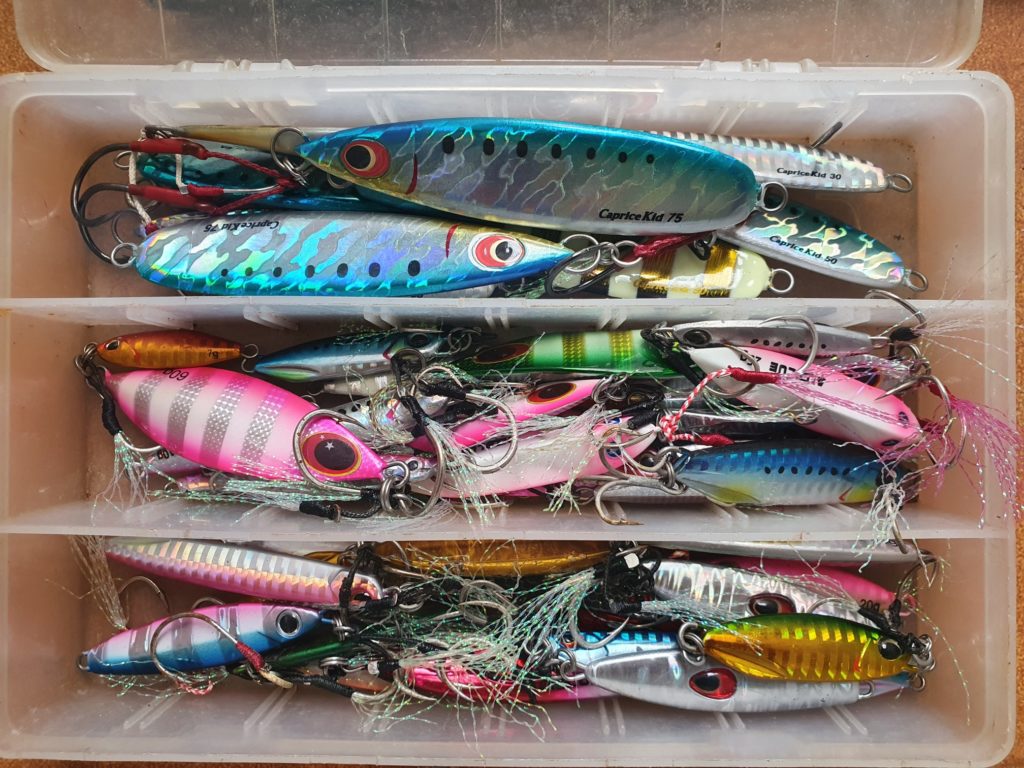
Knowing how to choose your jigs
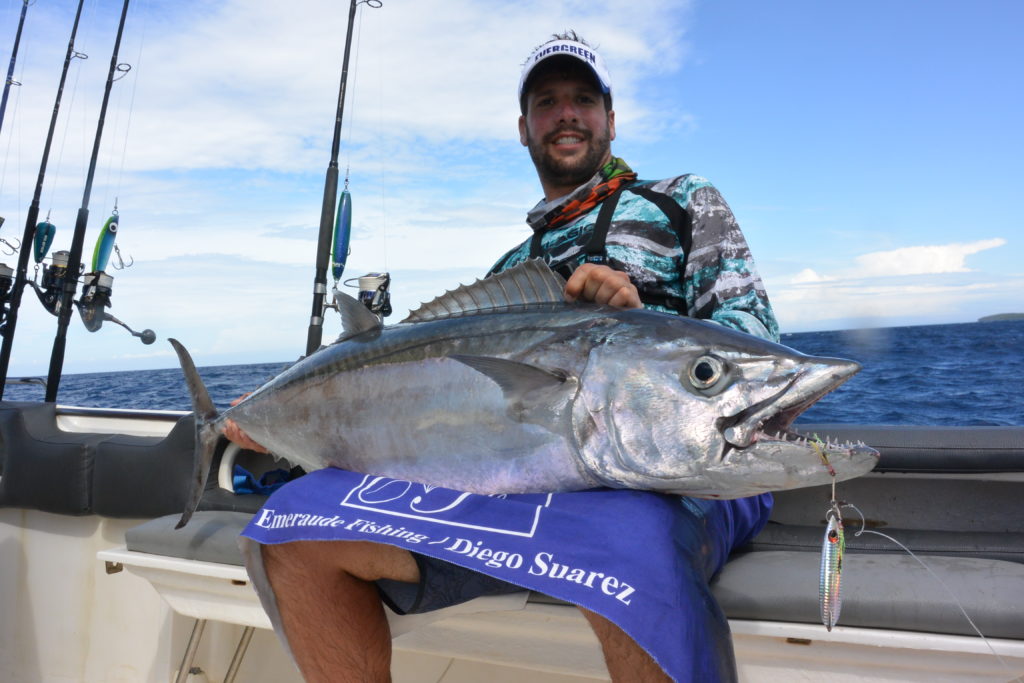
The weight of the jigs
There are several factors that go into making a good selection of jigs. The first factor is the weight of the jigs. When travelling, one of the biggest problems is the weight you can carry on the plane. So you need to be as compact and light as possible when making your choices.
Your destination will enable you to select the jigs. If, for example, you decide to go to the east coast of Madagascar, you'll need to choose jigs weighing between 200 and 400 grams, as this is an area where the current is very strong. It is not uncommon to fish with 300 grams of jigs in just 50 metres of water.
On the other hand, if you go to the French Caribbean, jigs between 40 and 150 grams are largely sufficient for coastal fishing.
Here's a table to help you choose the best jigs for your fishing trip at a glance:
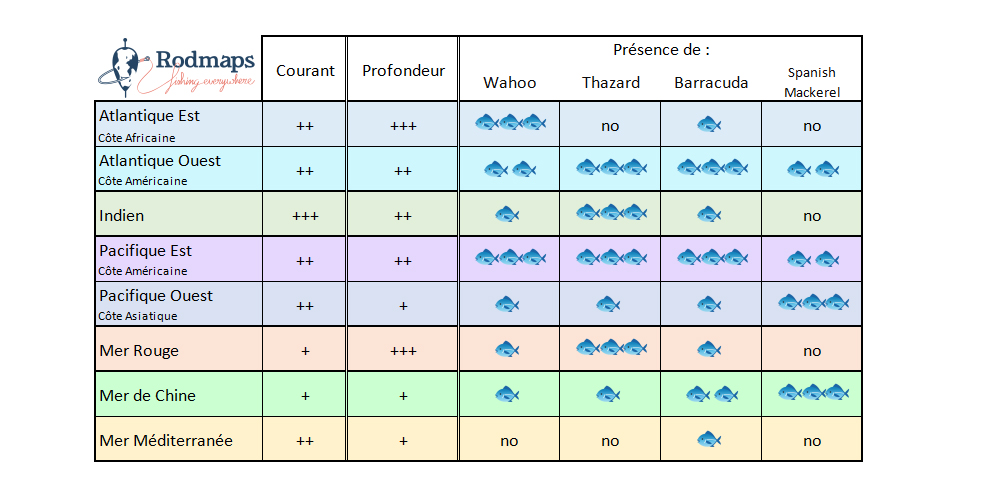
–The stream An important factor for jig fishing gives you an indication of the weight of jigs to select. The more "+" the heavier the weight should be!
–The depth : directs you towards the weight, the more there is substance and the more you will increase the weight of the jigs.
-The last part talks about the presence of pelagic fish who have the annoying tendency to cut our lines because of their incredible teeth. The more they are present, the more jigs you will need!
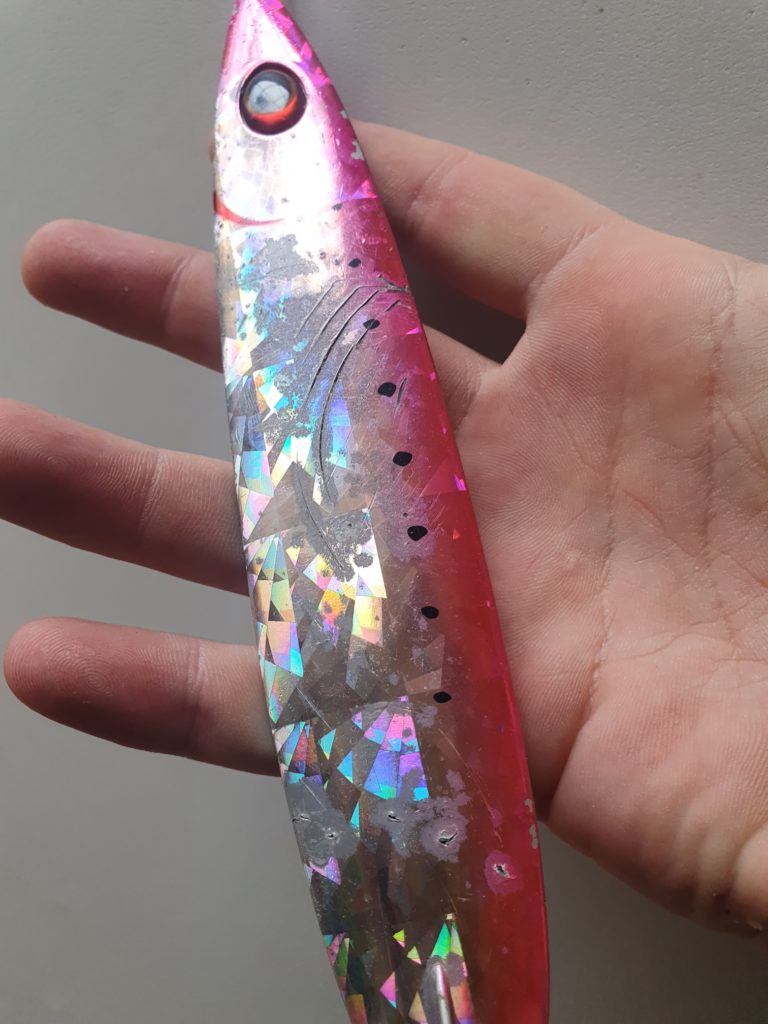
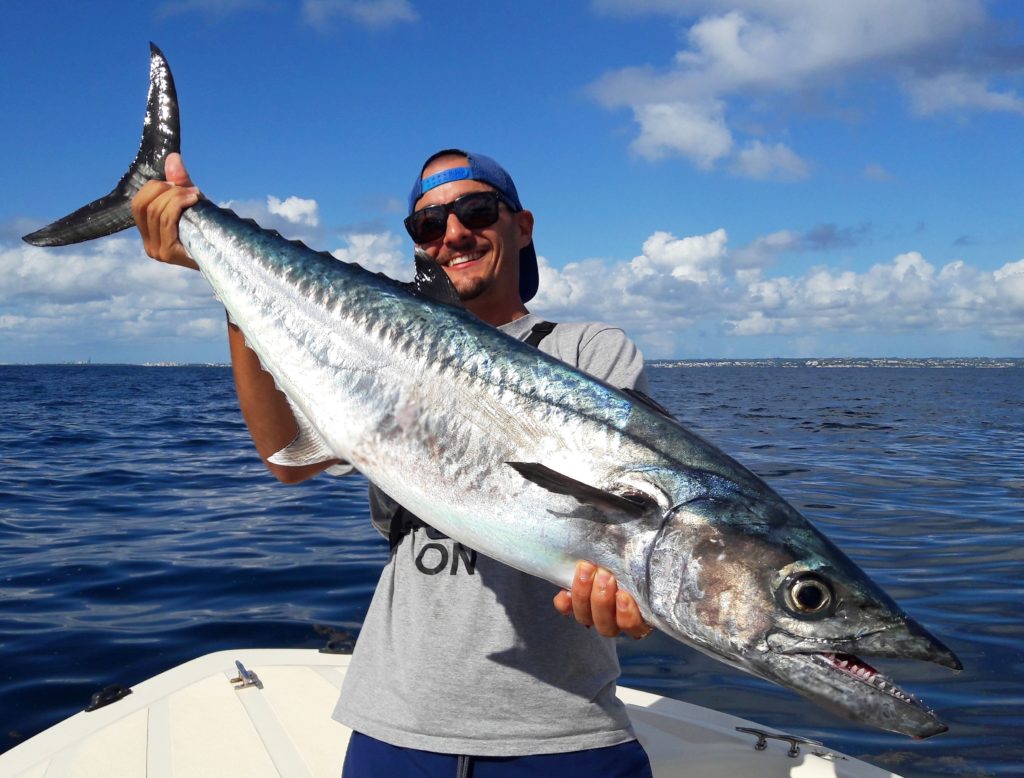
Jig fishing: choose the shape of your jigs
There will be an impact on jig fishing in the choice of the shape of the latter. Some species also have their preferences on this subject. From experience, I would say that amberjack have a tendency to prefer "knife" jigs (long jigs) as they are much more flexible than other shapes.
Personally, I prefer 'teardrop' jigs. They're not symmetrical, but their centre of gravity is very low. This is an advantage when it comes to breaking through the water as quickly as possible and reaching the bottom.
There are also perfectly symmetrical diamond-shaped jigs, often used for slow jigging and very effective on all kinds of predators.
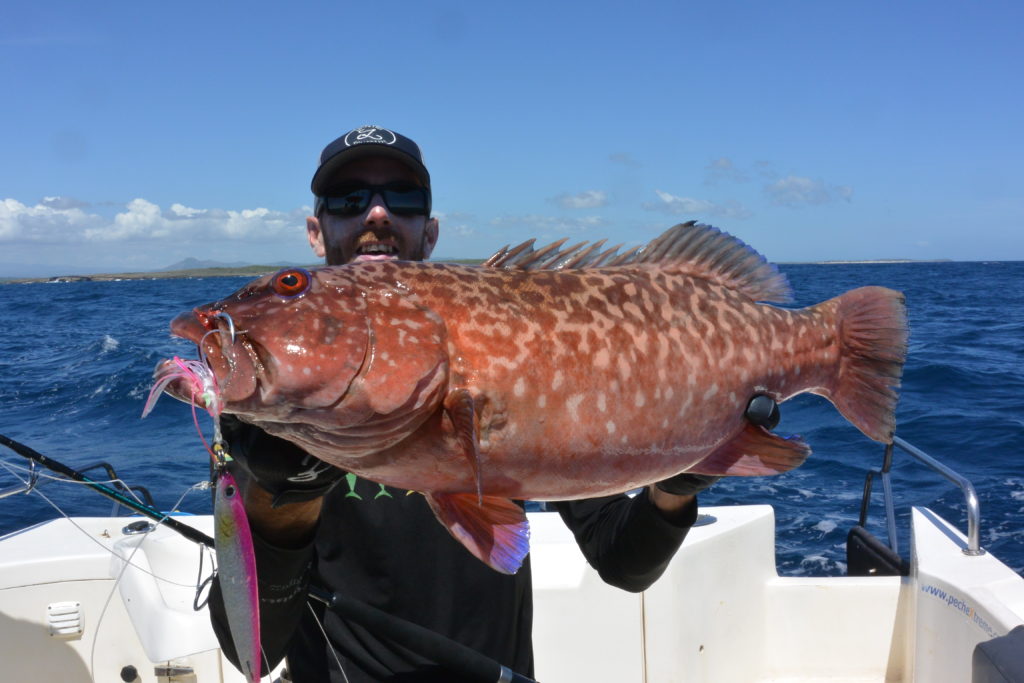
Jig fishing techniques
Speed jigging
This is probably the jigging technique most commonly used in exotic deep sea fishing. It's also the most physically demanding. The sensation of being hitched as you energetically reel in your jig at full throttle is simply incredible. Personally, I can't get enough of it, and the trevally no more!
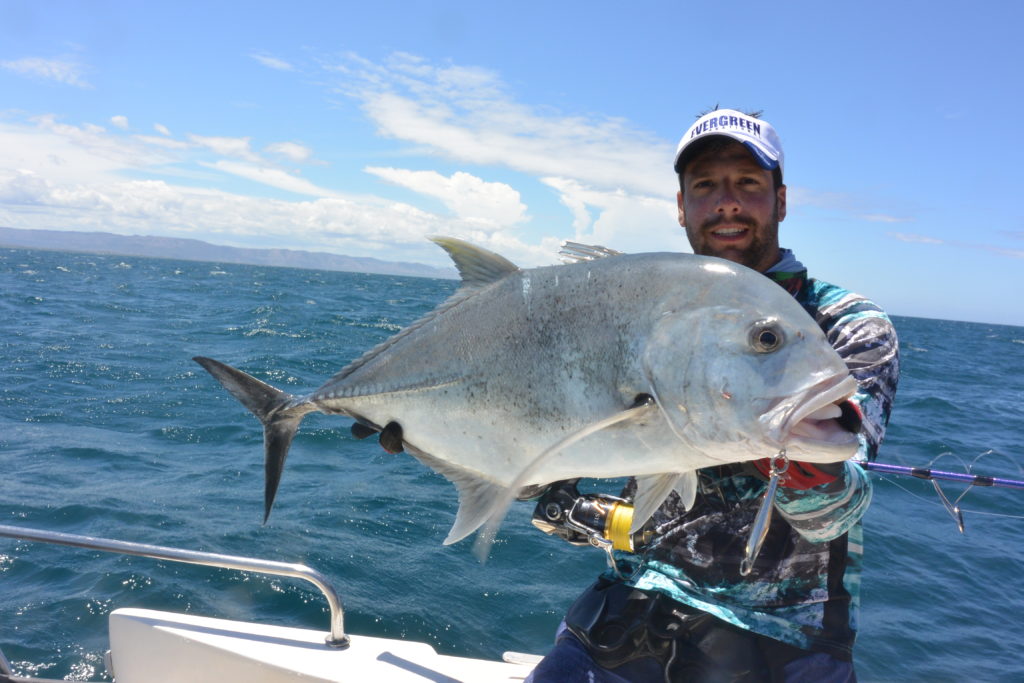
The aim of this technique is to let your jig drop to the bottom, then you close the pick-up, and there you have to find the synchronisation between your arm which "shakes" the lure, and your hand which retrieves your braid, so as to make your line "snap" at the surface. If you've got a hundred metres to work with, you'll work your way up for about twenty metres, roughly 20% of the ascent.
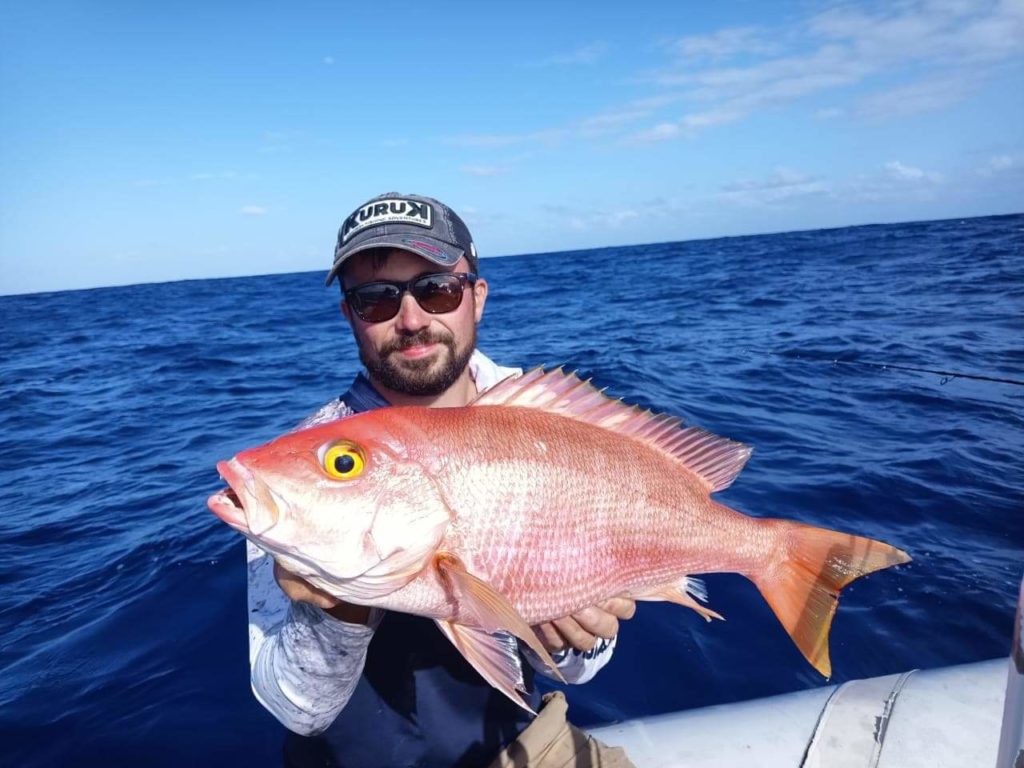
Slow jigging
Slow jigging is a much less tiring jig-fishing technique, but it also requires great precision during the various movements. I'm particularly fond of slow-jigging overnight. During this period, marine predators will increase the sense of their lateral line.
For the animation, you'll need to wedge the butt of the rod under the armpit, which will act as a pivot and give the rod a steep angle to lift the jig off the bottom and let it flutter on the way down. Repeat the action as you come up, and be careful! Most of the time, you'll hit the jig on the way down!
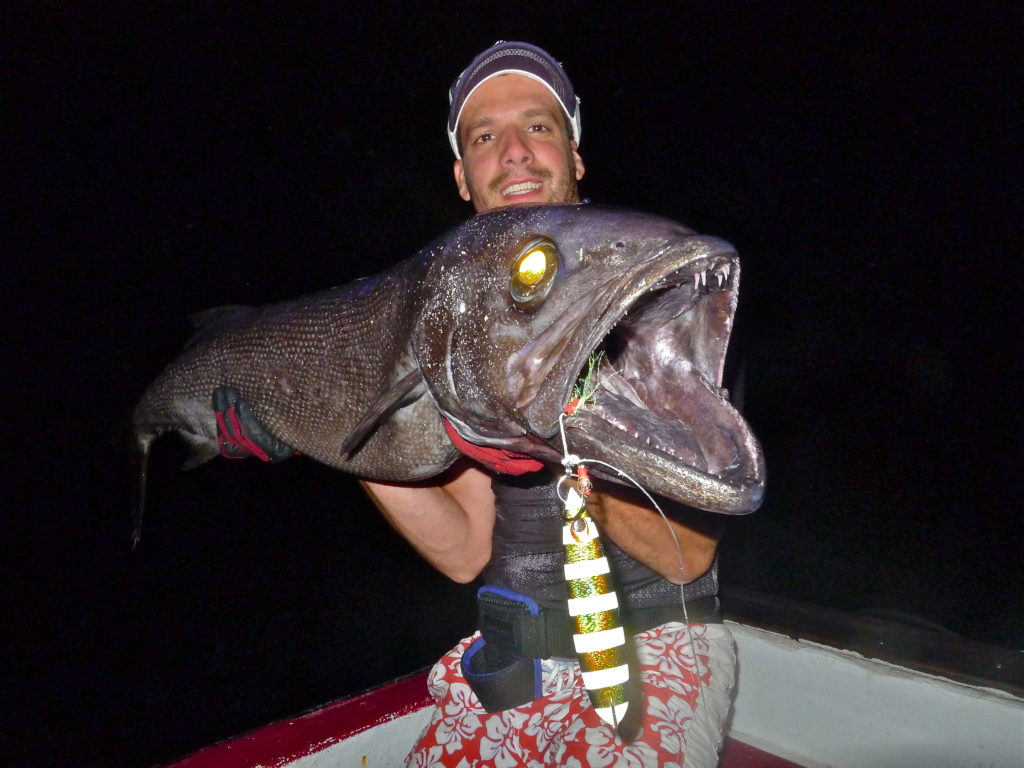
Bottom jigging
We use this jig fishing technique in calm waters with no strong currents. The aim is to let your jig drag along the bottom (it must be fitted with an octopus on its assist hook) while making small jumps. This animation will make the octopus work from top to bottom of the water column (a little on the principle of the animation of an inchiku). Predatory fish are very sensitive to this and the attack is always targeted at the hook.
Here's a video of a silky shark intercepting a jig during a bottom jigging animation:
The crancking jig
This is a jigging technique that is a little less widespread around the world, except in certain Asian countries. The aim is to touch the bottom and bring the jig upright as quickly as possible. Underwater, this action can be likened to a squid fleeing at full speed. Pelagic fish are particularly sensitive to this when they are in schools.
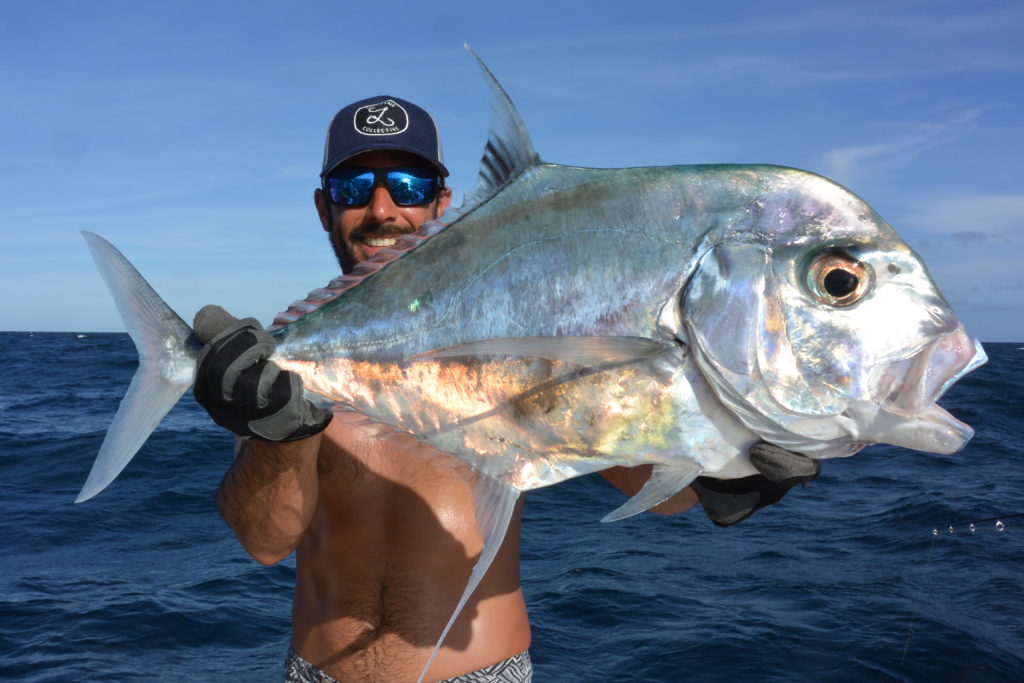
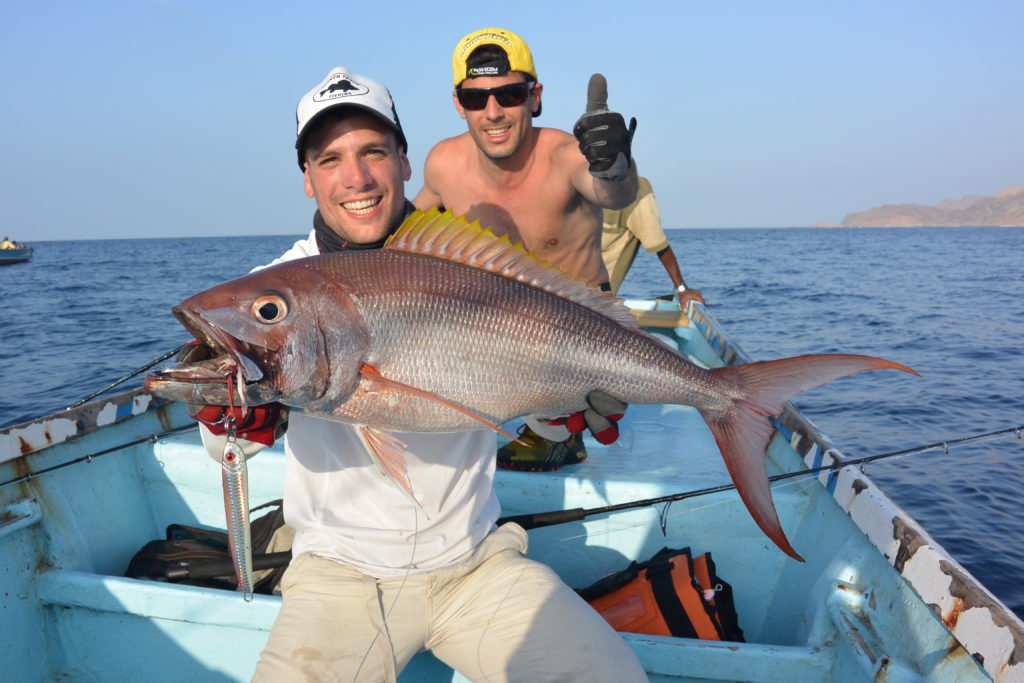
Cocking your jigs
There are several ways to rig metal jigs depending on the technique used and the type of spot.
La 1st technique is a montage on "assist hooks. For those who don't know, assists are simple, strong iron hooks mounted on string. The aim is to cock the jig at the head.
IMPORTANT: The leader must be hooked to the welded ring!
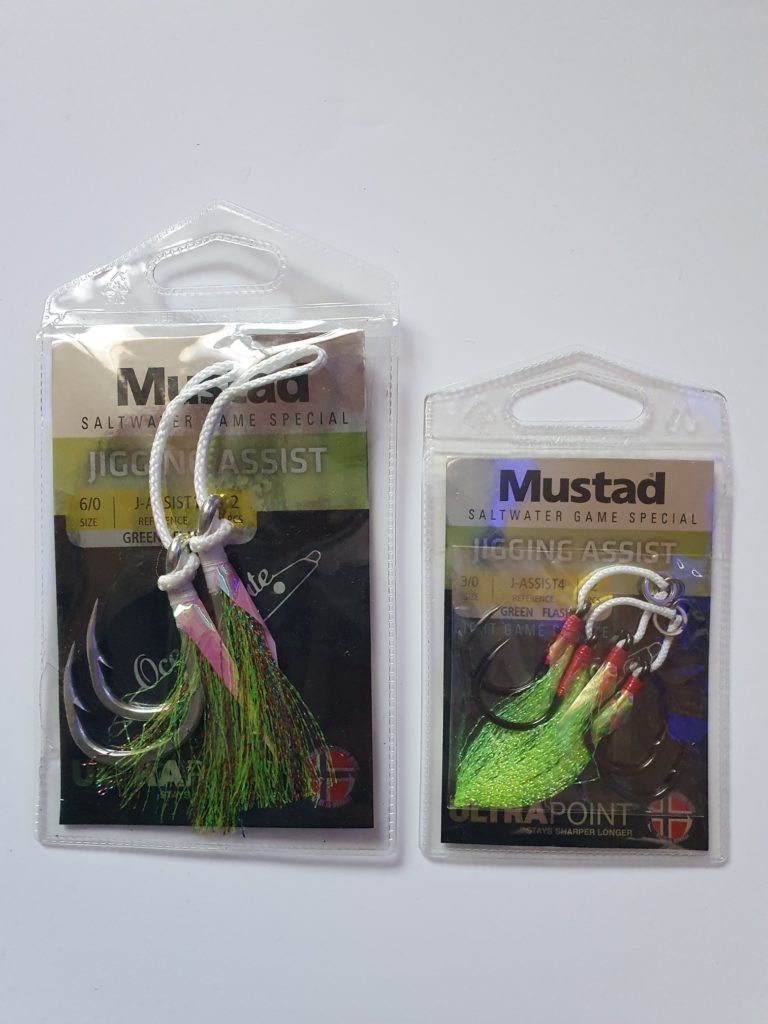
What are the advantages?
-Prevents a lot of snags when the jig hits the bottom.
-Once the predator is hooked, it will have virtually nothing to fall back on if you don't slacken the line.

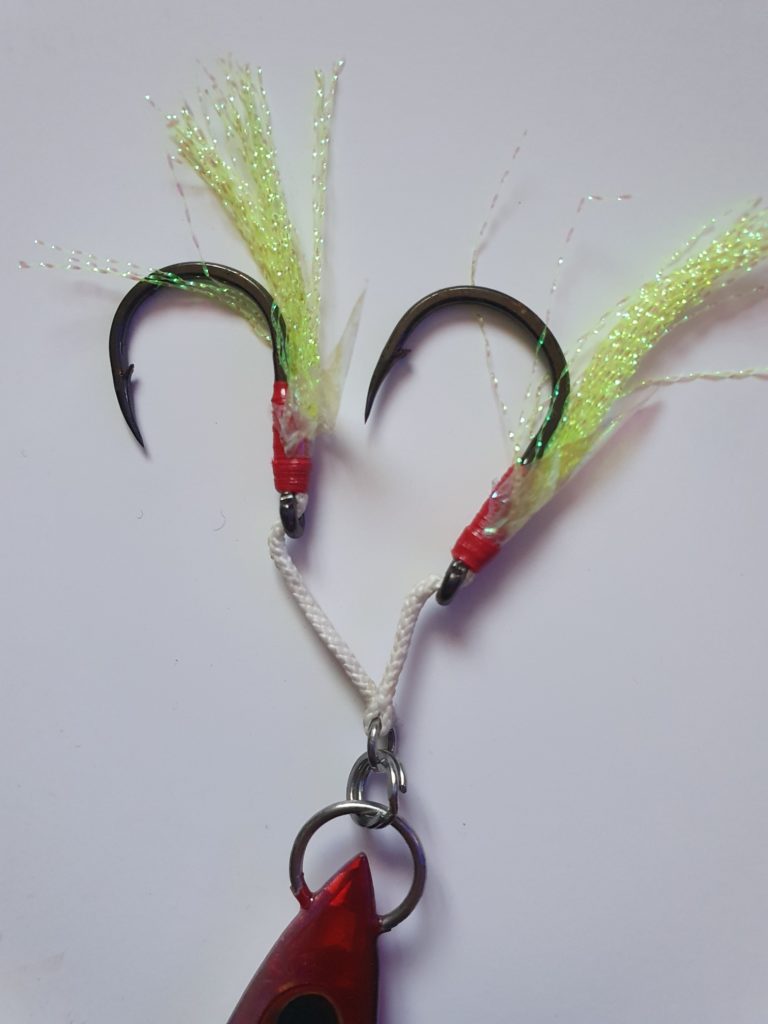
The 2nd technique for jig fishing is to fit your metal jig with a treble hook. In this case, you need to connect it with a reinforced split ring. The size of the hook should match the size of the jig.
A rolling swivel is strongly recommended at the head of your jig. It must be connected by a broken ring reinforced on the jig. Your line must be connected upstream of the rolling.
What are the advantages?
- In the event of snags on the bottom, having the overall weight of the jig on top of your hook will allow you to unhook easily by shaking your rod in line with your lure.
-Optimal for shoeing fish with light jigs to cast on hunting.
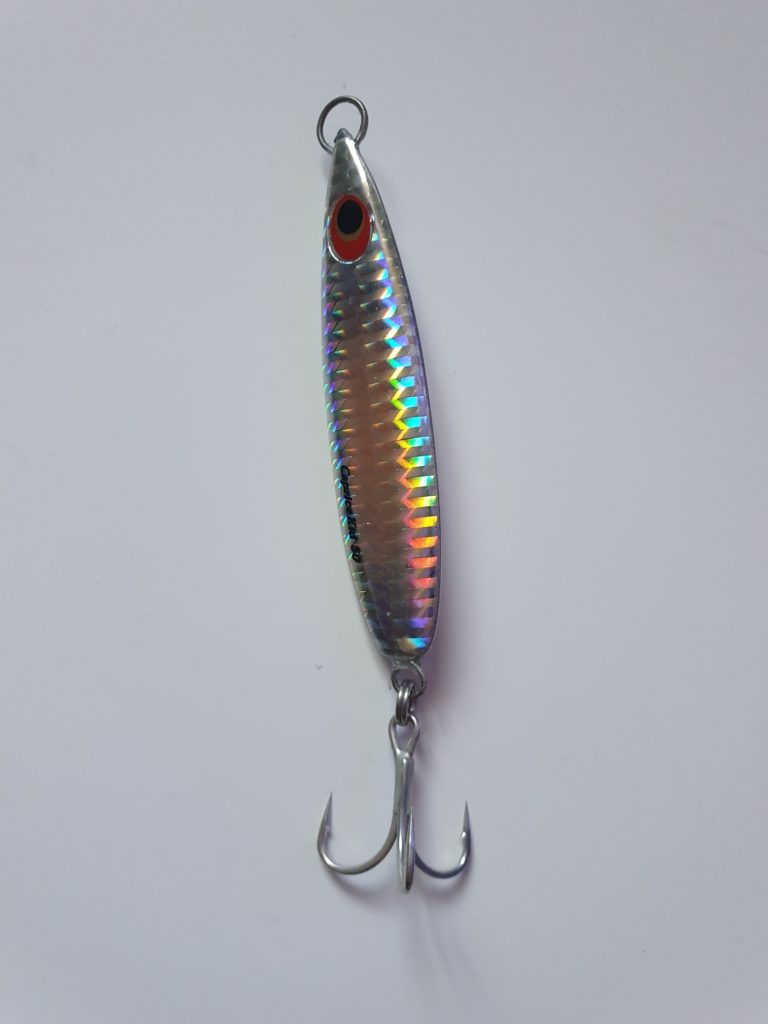
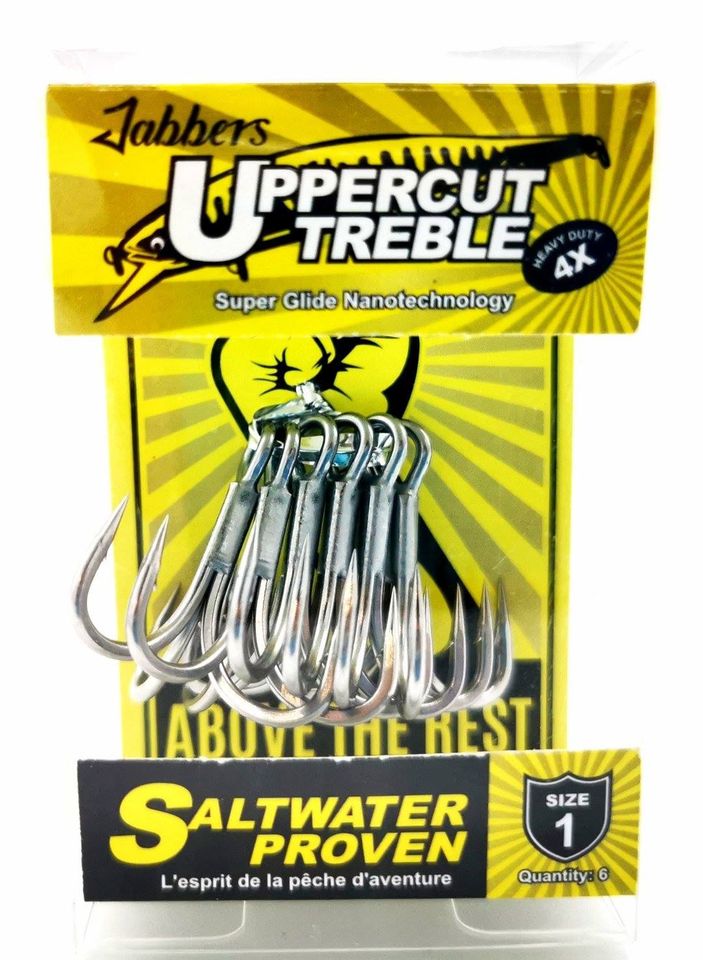
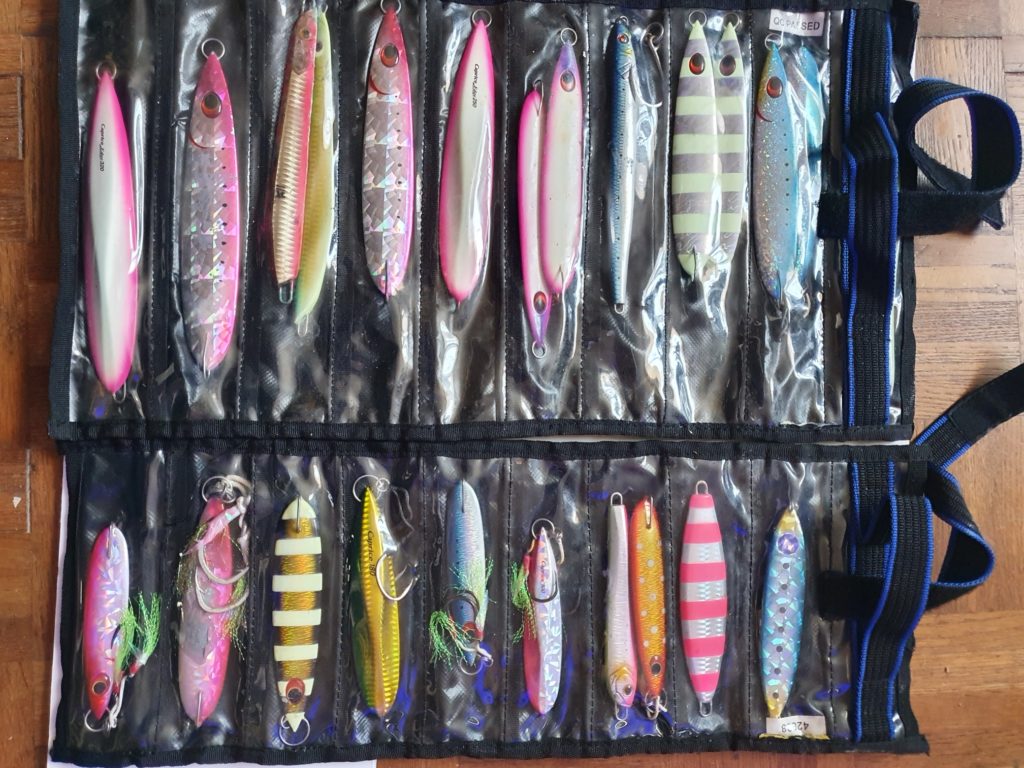
Jig fishing: essential accessories
To practice jigging from a boat, you will need some really essential accessories for your comfort and safety.
– A pair of gloves in special peach leather. These gloves will protect you from dangers while fishing (braid, hooks, fish, thorns etc…).
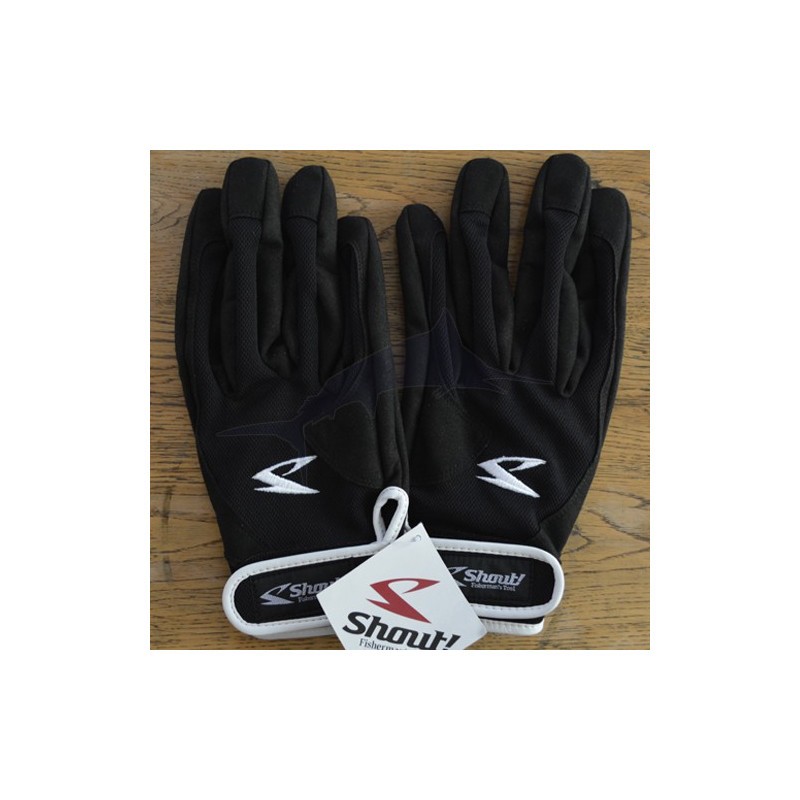
–The harness is also essential during the long fights that can offer the trevally, dogtooth tunas and other overpowered predators.

- Broken ring pliers will also allow you to change jigs quickly but also to unhook fish in complete safety.

Discover our other articles on exotic fishing: peacock-bass, golden masheer, snakehead,

